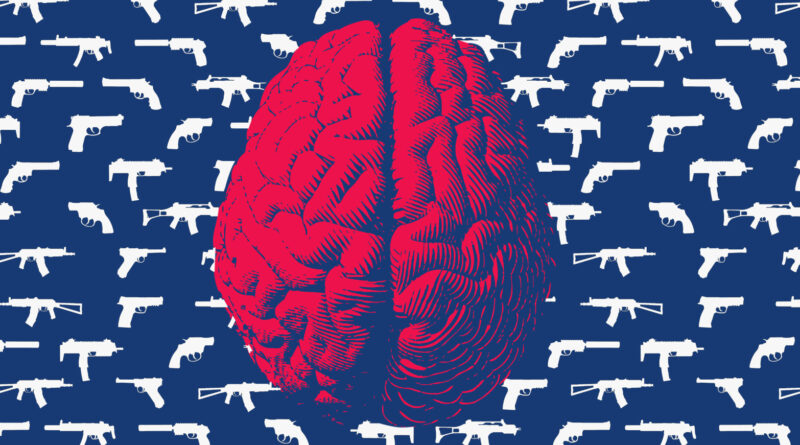Mental Health: The Ultimate Gun Reform
For years lawmakers have grappled with gun reform and it has been a hot button topic for both parties. While a majority of people favor background checks, the partisan divide emerges when Democrats call for a ban on assault style weapons and Republicans push back against restricting gun ownership. Earlier in March, the House passed two bills that would bring the country closer to universal background checks for gun sales, but the possibility of it passing the Senate is not likely even in the wake of two mass shootings within a week. Even though both groups struggle to agree on how to solve the ongoing gun epidemic, they agree on the need for keeping guns out of the hands of mentally ill individuals.
Mass shootings are hard to prevent, and while banning assault-style weapons and closing the loophole on federal background checks are only small steps toward limiting gun access to odious actors, it is not the silver bullet to end gun violence in America. These policy initiatives do not get to the root of the problem.
Gun violence is a mental health problem.
According to the American Psychological Association, “the most consistent and powerful predictor of future violence is a history of violent behavior.” While mental illness is not always a predictor of gun violence toward others, those who suffer serious mental illness typically commit gun violence at the time of their first episode of psychosis — before they are likely to encounter a mental health professional or have a preexisting record of mental health concerns.
After the Sandy Hook shooting in 2012, an opinion poll found a majority of Americans across the political spectrum supported “increasing government spending to improve mental health screening and treatment as a strategy to prevent gun violence.”
If America wants to have a chance of ending gun violence and the post-shooting crisis policy cycle, we must begin a dialogue surrounding mental illness by implementing solutions to address mental health.
First, we must work to eradicate the stigma of mental illness. The stigma surrounding mental health prevents people from seeking treatment and can hinder treatment adherence. In order to erase the stigma of mental health, it is important to create a public awareness campaign to educate people on mental illness and discourage using harmful rhetoric toward those who suffer from mental illness. By providing mental health treatment for those with mental illnesses, a level of gun violence can be prevented in the future.
While there is not a single way to predict gun violence, behavioral threat assessments have shown promise and funding for training programs can make a difference. Currently, behavioral threat assessments are becoming the standard of care for preventing violence in schools, colleges, and the workplace. Behavioral threat assessment programs train people to identify individuals who may pose a threat of violence or intention toward violence in the future and teaches them how to safely intervene. This type of training, when employed, can help to prevent future acts of violence.
Lastly, expand on collaboration between law enforcement, mental health professionals, and communities. As the old saying goes, “it takes a village to raise a child,” and preventing gun violence is no different. A community-based collaborative with police training in crisis intervention and training community members in mental health first aid has shown some success in pilot programs as a preventative measure. Each group in the collaborative is a piece of the puzzle for identifying individuals who may need help.
By normalizing the conversation about mental health, training individuals in being able to identify high-risk individuals, as well as creating community-based collaboration between law enforcement and mental health professionals, the next mass shooting could be prevented.
The government is limited in terms of actually restricting access to guns, but there is an opportunity to being a conversation about mental health and ensure access to mental illness resources, there’s a likelihood of reducing gun violence in America. After all, no mentally well person has walked into a grocery store and opened fire on innocent civilians. The first step toward gun reform is removing the stigma of mental health and ensuring every American has access to mental health care.

